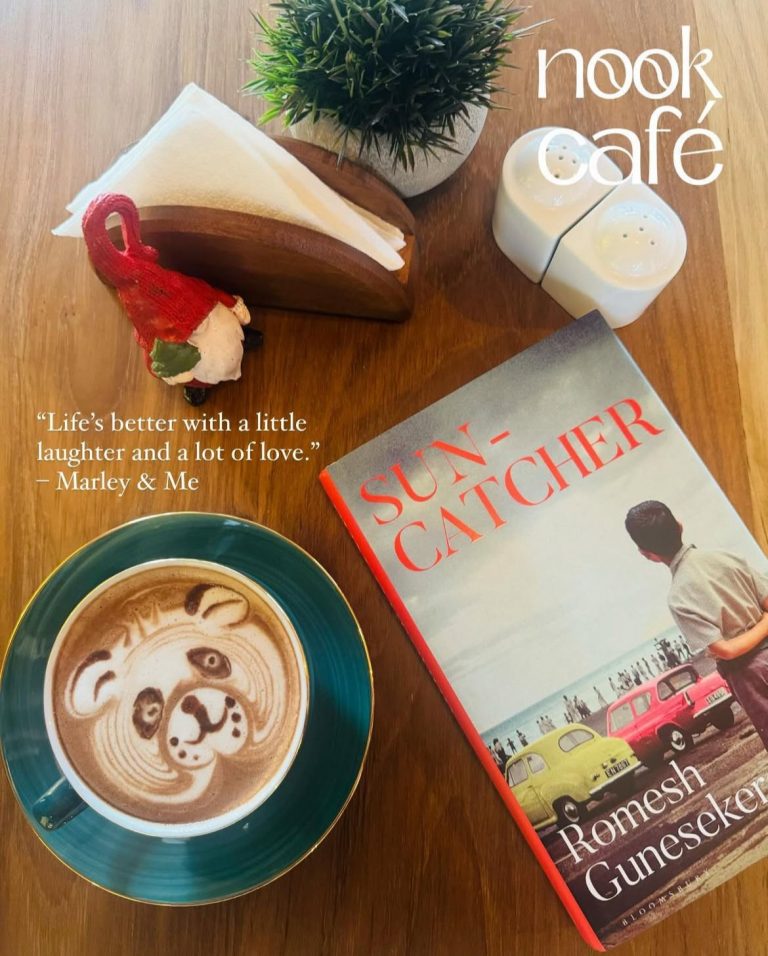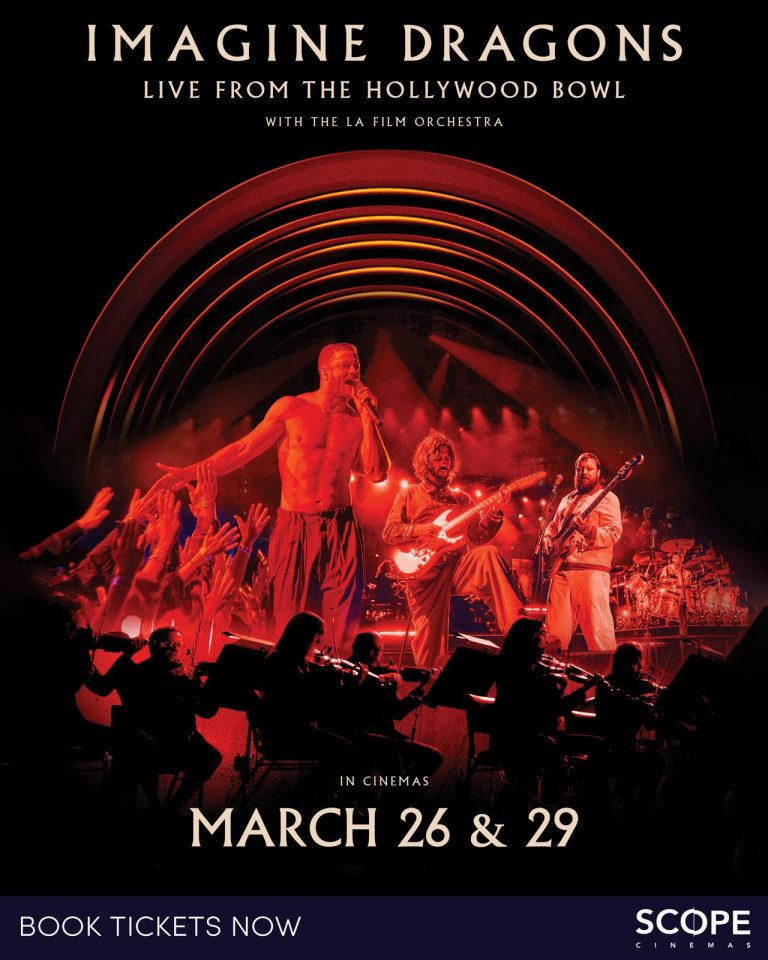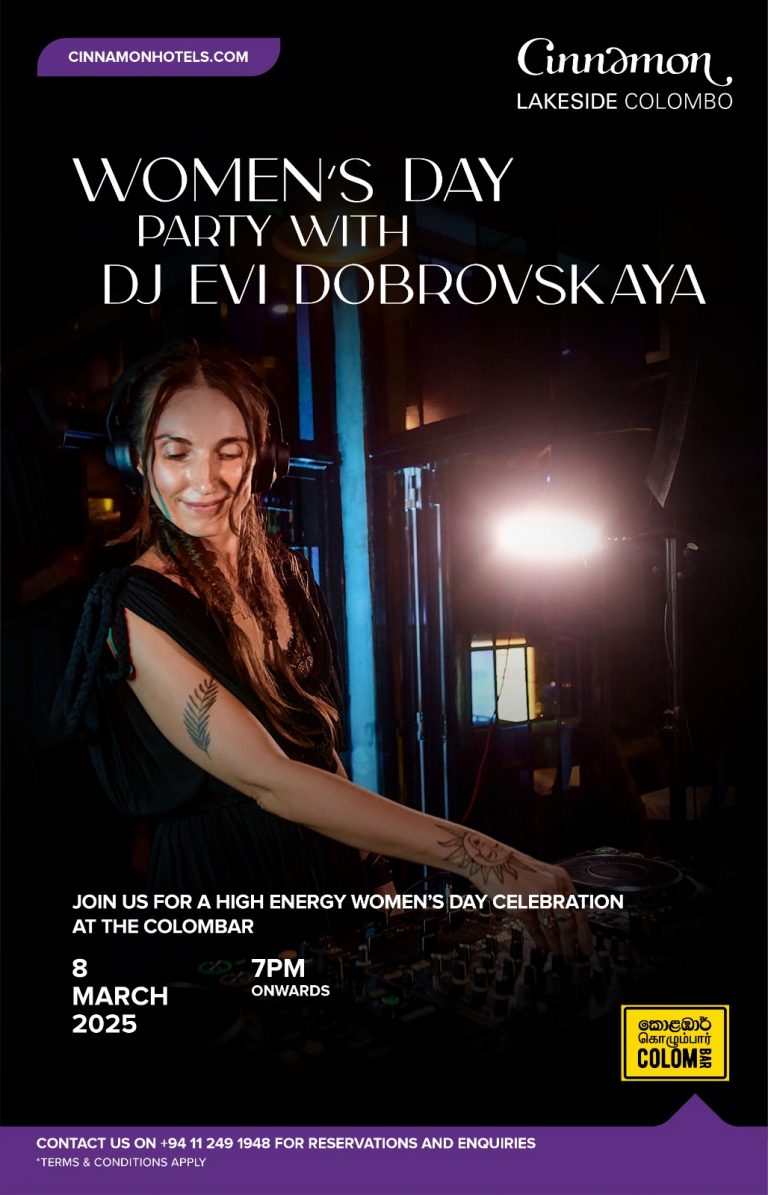The Royal Thomian Match is an event like no other. Next to the Eton and Harrow match, it is the second oldest big match, but unlike the Eton and Harrow match, which was suspended during World War II, the Royal Thomian went on and has an unbroken history of cricket played between Royal and S. Thomas’ for well over 130 years. That is an outstanding record by any standard.
Until fairly recently, the Royal Thomian was the only big match. Certainly the only one worth talking about. It was just not a match between two schools, whose rivalry has been legendary. It was an occasion for the loyal old boys of the school, in whatever parts of the country they may be, to come into Colombo for the two days of the match. More importantly, it was an occasion for the ladies of Colombo society, to dress themselves up, and parade themselves before the crowds.
Until about forty years ago, the Sri Lankan team consisted largely of Royalists and Thomians and many Sri Lankan cricket captains like S. Saravanamuttu, Sargo Jayawickreme, F.C. de Saram, Duleep Mendis, Anura Tennekoon, Michael Tissera and a host of others in the years gone, who captained Sri Lanka were from one of these two schools. With the ever growing popularity of cricket, this has changed, and many schools from outside Colombo now play a very big part in the development of cricket in Sri Lanka.
What makes the Royal Thomian so unique? One thing, I think, is the camaraderie among the players of the two teams. They make their best friends, I think, at the Royal Thomian and carry it through their entire lives. Every year, all those who have played in the Royal Thomian, meet on the eve of the match to dinner and revive old times. Young and old mingle together, and it is inexplicable how such rivals on the field can be such firm friends off the fields for most of their lives thereafter.
For many years, the Royal Thomian used to be played on the SSC or the NCC. There was only one pavilion, and right round the ground, they put up cadjan tents. Royal had their tents, Thomians had their tents, the Mustangs who were the senior old boys of Royal and S.Thomas’ had a separate tent, which was very exclusive. You had to be invited to be a member of the Mustangs and it was a custom on the second day of the match, to invite the Governor who invariably came to watch the match to have tea at the Mustangs tent.
With the passage of time, the numbers in the schools have grown. Royal has over the 5,000 whereas it probably had around 1,000 forty years ago. S. Thomas’ has doubled its numbers to nearly 2,000. With all the old boys wanting to watch the match, the ground intake has greatly increased. Invasion of the grounds by the spectators was a common feature, and sometimes matches were marred by spectator intrusion at the wrong time. Today, however, strict security measures prevent such occurrences, which are severely dealt with should somebody be able to sneak past the security.
It used to be a tradition in the 1930’s for somebody to set fire to the cadjan tents after the match had concluded. After the 1940’s, the game was shifted from the NCC grounds to the Tamil Union ground known as the Oval which had much better facilities for the spectators, as it had a stadium round most of the ground. Matches were played alternately on the Oval and the SSC. Subsequently, matches have remained at the SSC which is the sole venue for the Royal Thomian. Until about thirty years ago, the match was played over two half days – Friday and Saturday – never on a Sunday. But in the recent past, it has become a three day game in an endeavour to ensure a result, but statistics will show that this objective has hardly been realised.
Great feats have been performed on the field. Very often, a good performance at the Royal Thomian in the years gone, ensured a place in the Sri Lankan team if there was a visit by a foreign team soon after. Parading outside the grounds has always been a feature of the Royal Thomian. In the 30’s, 40’s and 50’s, students and “young” old boys went round the city, on motor cycles and in open cars, waving flags, and cheering their schools. Jumping into the premises of Ladies’ College, and Bishop’s was a hallowed tradition, which is practised even to this day. One gets the impression sometimes that the lady Principals of these schools welcomed such intrusions.
Today, the schools have elaborate cycle parades, which includes not only cycles but vehicles of all forms in which the students go round the city in orderly fashion escorted by police, and patrol cars. The cheerful unruliness of the 30’s and 40’s is hardly seen anymore.
Many Royalists and Thomians have played for Oxford and Cambridge. F.C. de Saram and Dan Oiachaud were Oxford blues, Gamini Gunesena, Vijaya Malalasekera, Ian Peiris and Mano Ponniah were Cambridge blues. There are many others, too numerous to mention, who have brought fame to Sri Lanka in those early years, when we were an unknown cricketing nation, by their outstanding prowess in the field of cricket.
The Saravanamuttu and Elapatha families have had more than one generation of cricketers who played for S. Thomas’ – so were the Wanduragalas. For a while, the de Sarams and the Gunesekeras have been the bulwark of the Royal teams in past years. Sadly, no more.
What is set out above attempts to portray the uniqueness of the Royal Thomian. It is left for the readers to decide whether it is in fact so.










